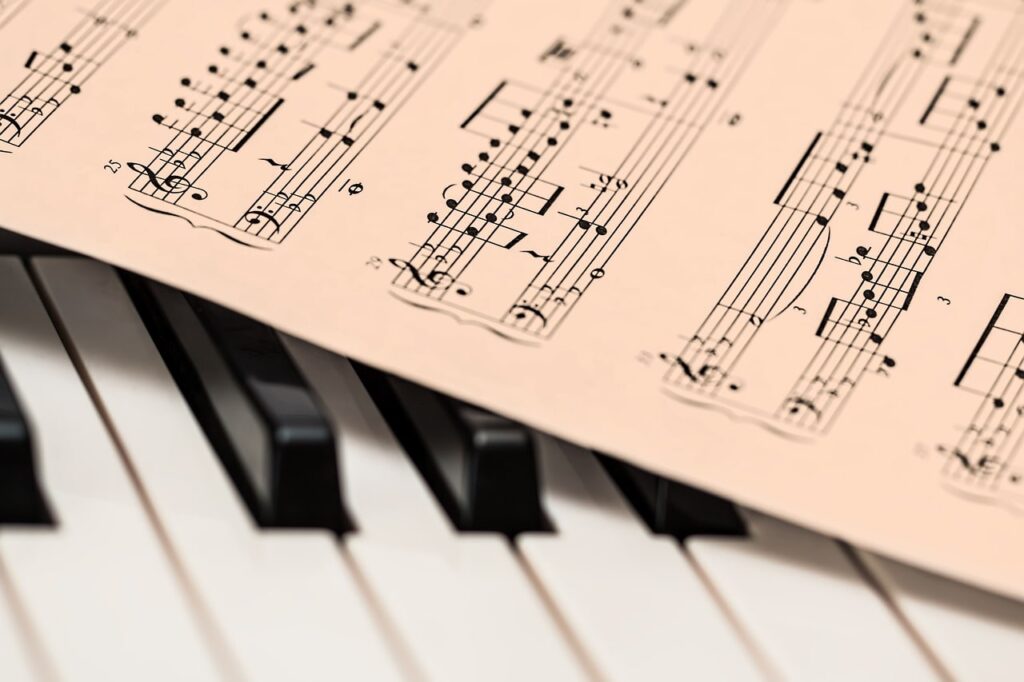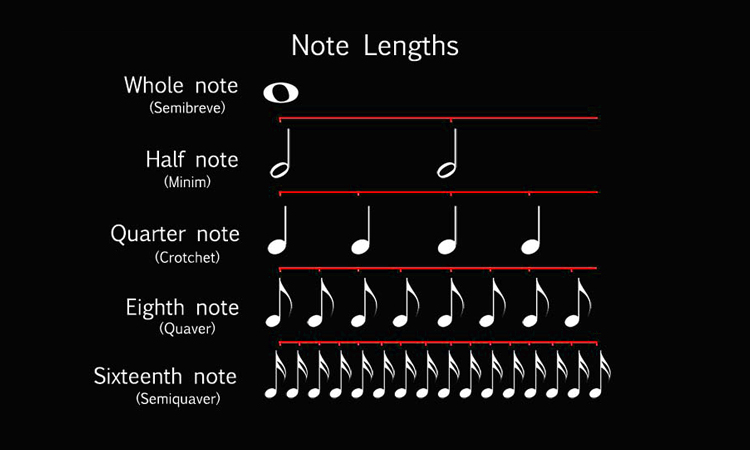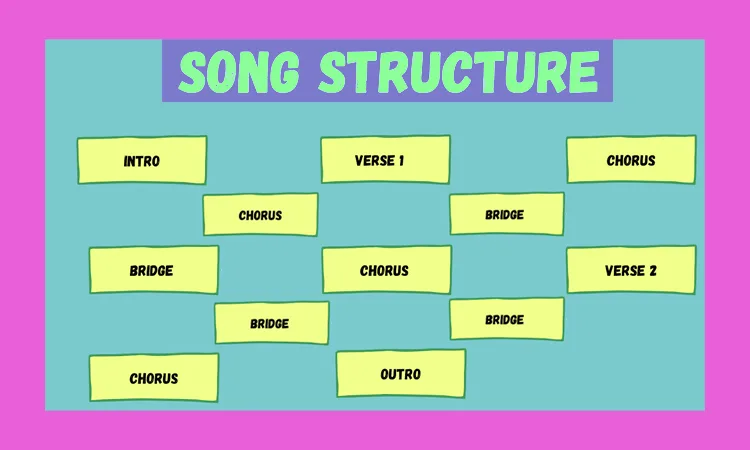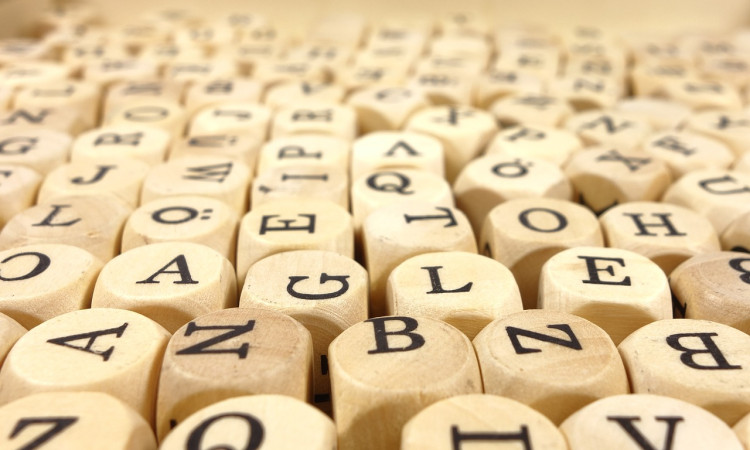
Note durations are a fundamental aspect of music notation and represent the length of time that a musical note is held or played. Different note durations are used to indicate how long a note should be sustained or how it should be divided within a musical piece. Here are some of the most common note durations:
Whole Note (Semibreve): A whole note is a note that lasts for the full duration of one whole measure (or bar) in a piece of music. It is typically represented by an open oval shape without a stem.
Half Note (Minim): A half note is worth half the duration of a whole note. It is represented by an open oval shape with a stem extending upward or downward from the notehead.
Quarter Note (Crotchet): A quarter note is worth one-fourth the duration of a whole note. It is represented by a filled-in oval shape with a stem.
Eighth Note (Quaver): An eighth note is worth one-eighth the duration of a whole note. It is represented by a filled-in oval shape with a stem and a single flag or beam extending from the stem.
Sixteenth Note (Semiquaver): A sixteenth note is worth one-sixteenth the duration of a whole note. It is represented by a filled-in oval shape with a stem and two flags or beams extending from the stem.
Thirty-Second Note (Demisemiquaver): A thirty-second note is worth one-thirty-second the duration of a whole note. It is represented by a filled-in oval shape with a stem and three flags or beams extending from the stem.
Sixty-Fourth Note (Hemidemisemiquaver): A sixty-fourth note is worth one-sixty-fourth the duration of a whole note. It is represented by a filled-in oval shape with a stem and four flags or beams extending from the stem.
Note durations can also be modified with dots and ties:
Dot: Adding a dot to a note increases its duration by one-half of its original value. For example, a dotted half note is equal to a half note plus a quarter note.
Tie: A tie connects two or more notes of the same pitch, indicating that their durations are to be added together.
These note durations, along with rests (symbols that represent periods of silence), form the foundation of rhythm notation in sheet music. By combining different note durations and rests, composers and musicians can create intricate rhythms and express a wide range of musical ideas and emotions in their compositions.





